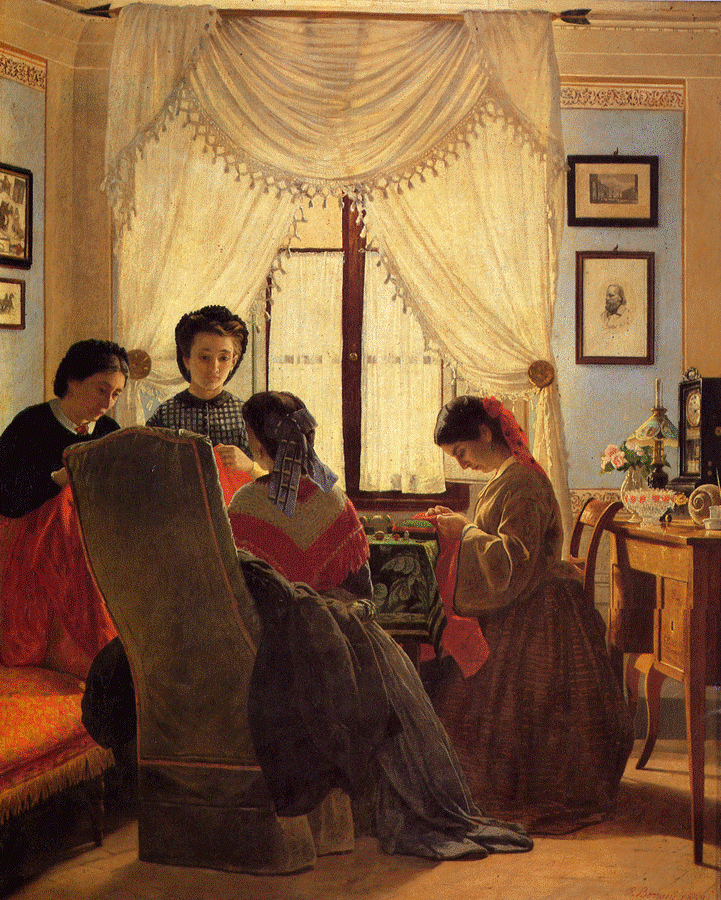Those Guys at the Cafè: the Macchiaioli
- Flavia Catarinelli
- 19 apr 2016
- Tempo di lettura: 2 min
Exhibitions in Rome are known to be mostly about Impressionists and Macchiaioli. If the former group is loved worldwide, not many know this nineteenth century Italian artistic movement.
Today, we are going to introduce this small reality operating in the century of Romanticism, Realism and Impressionism.
In 1862, a critic on the magazine La gazzetta del popolo defined a group of artists, founded in 1855, as “Macchiaioli” (literally “Spot-men”) for their peculiar approach to painting. Accordingly, their artworks were characterized by different spots of color juxtaposed to form a figure. The perfect example of this style is a painting by Giovanni Fattori, titled La rotonda dei bagni Palmieri (1866). A group of women is relaxing on a rotunda during a summer day. Their features are not defined, but just reduced to different patches for hair, faces, and dresses.

Giovanni Fattori, La rotonda dei bagni palmieri, 1866, o/c, Museum of modern art, Florence. Courtesy of the museum.
The group of the Macchiaioli was born in a historically bizarre context. While Paris became the center of arts, and the Italian Peninsula was constantly pressured by wars for the unification of Italy, a dozen of artists were happily seating at a café in Florence, called Café Michelangelo, discussing about painting and styles. The most prominent figures in this bunch undoubtedly were Silvestro Lega, Giovanni Fattori, Telemaco Signorini, Odoardo Borrani, and Diego Martelli. With the exception of Martelli, who was a collector rather than an artist, all these guys were painters from Tuscany. In brief, a quite delimited group. Nevertheless, many of the Macchiaioli became rather famous and collected throughout Italy.

Odoardo Borrani, Sewing red shirts for the volunteers, 1863, o/c, Bricherasio palace, Turin. Courtesy of the museum.
Despite different styles and phases, the Macchiaioli could be generally defined as realist painters for their topics. Most of them were committed to everyday life and activities, especially in the houses and countryside. In some cases, like in Fattori’s paintings as well as in Lega’s, the themes focused on historical figures and on those battles linked to Italy's struggle for unity. For instance, Silvestro Lega portrayed the Italian hero Giuseppe Garibaldi in 1861 (the year of Italian independence). So, I dare to say that those nice guys seating at the café were not politically and socially involved as Delacroix or Manet, yet they were surely aware of Italian life and changes.

Silvestro Lega, Giuseppe Garibaldi, 1861, o/c, Museo Civico Don Giovanni Verità, Modigliana, Forlì-Cesena. Courtesy of the museum.
The group of the Macchiaioli is particularly appreciated in Italy as it was one of the first attempts to modernity in art, in contrast with a more classical approach, although remaining a local experience.







Commenti